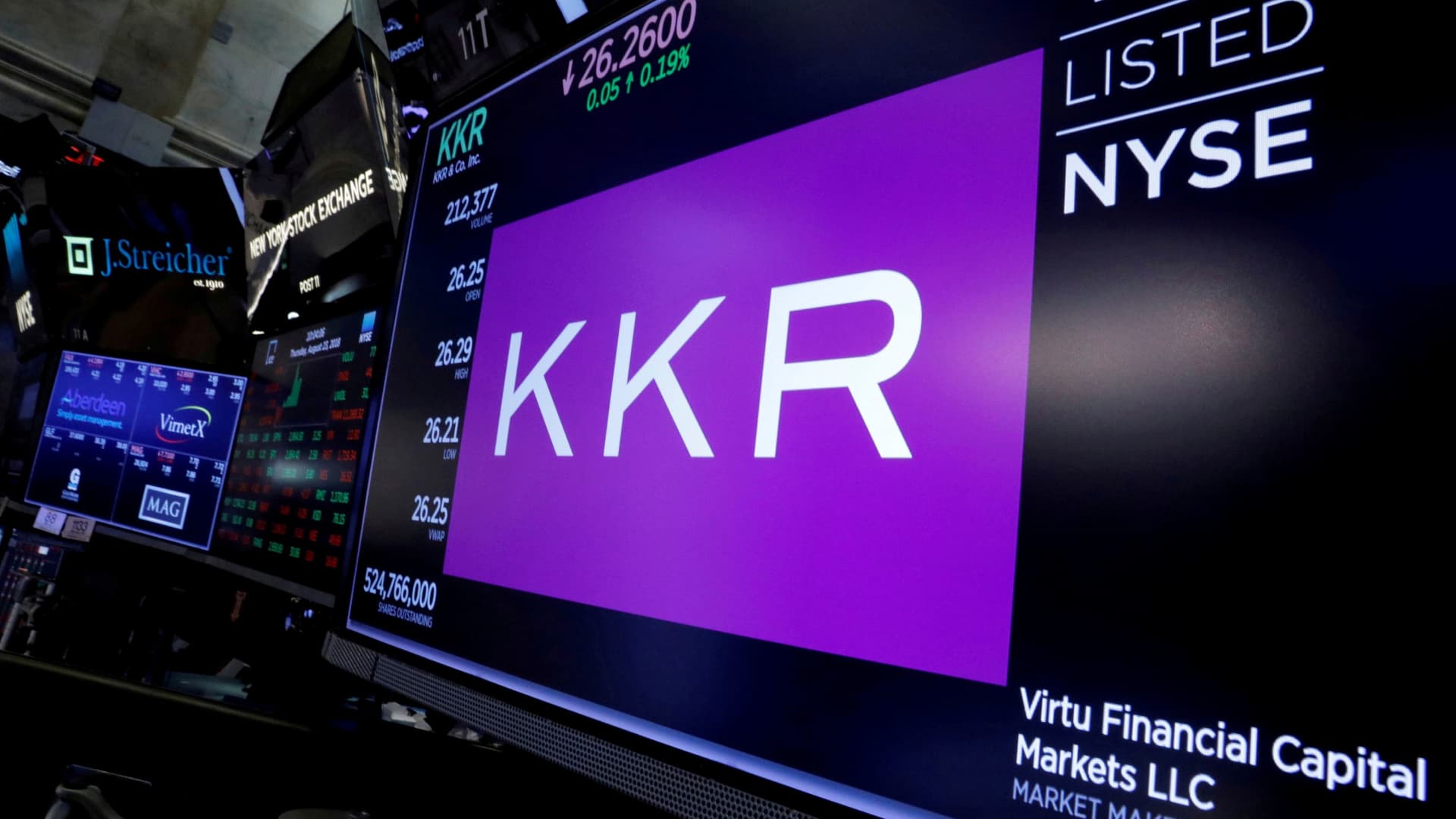The November summit meeting in Bali between United States (US) President Joe Biden and his Chinese counterpart Xi Jinping marked a point where the world’s most powerful country began accepting China as its most consequential geopolitical challenge, a peer competitor, different from, say, Russia, India or even the European Union.
China has displayed considerable tenacity and single-mindedness in arriving at this point. Initially reluctant to accept that China was a competitor of any kind, the US seems to have now acknowledged that the two countries are engaged in fierce contestation, and need effective guardrails to prevent their relations from becoming a wreck.
Almost a decade ago, in June 2013, then newly appointed Xi met President Barack Obama at Sunnylands and sought to persuade the American leader to accept that China was a peer. He proposed a “new type of Great Power relations” whose guiding principles would be no conflict or confrontation, mutual respect for each other’s core interests and concerns, and mutually beneficial cooperation. The Chinese wanted the US to be sensitive to its core interests — the primacy of the Communist Party and its territorial integrity in relation to Xinjiang, Tibet and Taiwan. Just how the Chinese would reciprocate was never specified. The idea was to get yet another blank geopolitical cheque. But Obama did not bite, and the concept floated away.
In Beijing, where he was ambassador then, external affairs minister S Jaishankar understood the import of the concept. In a provocative lecture at a public forum, he wondered if this “new type” idea also included India and, more explicitly, whether New Delhi was a Great Power in Beijing’s reckoning. The Chinese conveniently ignored his remarks.
Between Sunnylands and Bali, the Sino-US relationship has transformed into a more turbulent one. Tensions arose over Chinese activity in the South China Sea, concern over China’s trade and investment practices, and outright anger at Beijing’s efforts to steal US technology. Beginning 2017, the Donald Trump Administration created a new narrative that has shaped the current US policy towards China. Its National Security Strategy (NSS) shifted US policy from one of engagement to one of strategic competition with China. This was followed up by the imposition of tariffs on a wide range of Chinese products, and capped by measures to check the global march of Chinese technology. The US embraced a new geopolitical strategy, authored by Japan, on the notion of preserving and protecting a Free and Open Indo-Pacific. In a landmark move, the US renamed its Pacific command as the Indo-Pacific command. Further, the Quadrilateral Grouping with the transparent aim of containing China was revived. In 2020, with the onset of Covid-19, tensions between the US and China increased as the belligerent Trump Administration veered from blaming Beijing for the pandemic to calling for an overthrow of the Communist Party rule altogether. China’s response was to haul up the drawbridges, and as part of this, it crushed the democracy movement in Hong Kong, and undertook a coercive military operation in eastern Ladakh, as a warning to Quad member India.
Cut to 2022. After some reflection, the Biden Administration has decided to double down on the Trump policy. Its NSS, issued in October, said where Russia was an immediate threat, China was “the only competitor with both the intent to reshape the international order and, increasingly, the economic, diplomatic, military and technological power to advance the objective.” US secretary of state Antony Blinken noted that since Beijing was not likely to alter its trajectory, the US would have to “shape the strategic environment around Beijing”. To this end, the US has doubled down on boosting Quad, launched the Indo-Pacific Economic Framework and created a new military Australia-United Kingdom-US alliance to strengthen the American hub-and-spoke defence system in the western Pacific. It has also launched a massive domestic programme to invest in America’s research and development, as well as the semiconductor industry. The US has retained Trump-era tariffs on Chinese exports, and added to the restrictions on high-tech exports to Beijing.
In October, it came out with a new and wide-ranging set of restrictions that will seriously hobble China’s semiconductor ambitions, and constrain its research and development in Artificial Intelligence and quantum computing. The US knows that China now has the technological capacity to play catch up. So, its strategy is to delay Chinese advances through a variety of tactics, and in the meantime, gather its considerable strength to keep moving far ahead. That is what the Americans mean by a “pacing challenge.”
As tensions grow, there are also geopolitical dangers, such as those that arose from the Chinese reaction to Nancy Pelosi’s visit to Taiwan or the developments on the Sino-Indian border. The onset of the Covid-19 wave in China will bring uncertainties since it will almost certainly take a physical and economic toll. But how Beijing will respond to its weakening situation is not clear, and it could give rise to economic and geopolitical dangers in 2023.
As of now, some points of convergence are visible between the US and China. First, both recognise each other as peer competitors. Second, they understand the value of building guardrails around their relationship to prevent inadvertent conflict. Third, they are ready to cooperate on issues such as the climate crisis, global macroeconomic stability, health, food security and non-proliferation. But both know that the age of accommodation is over, and the name of the game is competition, intense and fierce — which will play out in the realm of technology, economy, military and geopolitics.
Manoj Joshi is distinguished fellow, Observer Research FoundationThe views expressed are personal















